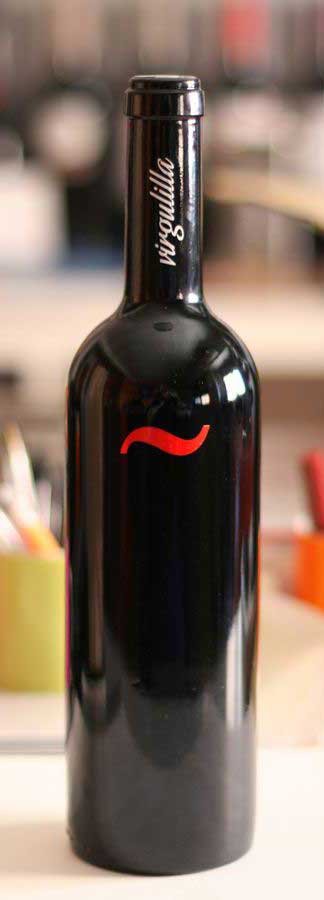 Virgulilla is Spanish for something like ‘an accent or mark.’ It refers to what in English we call the ‘tilde’ (which probably also derives from the Spanish*), but can also mean any diacritical mark resembling a comma, line or dash. The tilde originates from Latin as a “mark of suspension” in place of omitted letters in abbreviations (e.g., Anno Domini would be Aº Dñi). And, according to one source, medieval scribes abbreviated the phoneme “nn” as “n~” in order to distinguish it from “m.” Placing the mark above the n saved space (vellum was expensive).
Virgulilla is Spanish for something like ‘an accent or mark.’ It refers to what in English we call the ‘tilde’ (which probably also derives from the Spanish*), but can also mean any diacritical mark resembling a comma, line or dash. The tilde originates from Latin as a “mark of suspension” in place of omitted letters in abbreviations (e.g., Anno Domini would be Aº Dñi). And, according to one source, medieval scribes abbreviated the phoneme “nn” as “n~” in order to distinguish it from “m.” Placing the mark above the n saved space (vellum was expensive).
We have an English cognate in ‘virgule,’ which means ‘slash’ (and for typographers it means the keyboard slash, as opposed to the solidus, or fraction-bar slash). Virgule comes to us from the Latin virgula, a diminutive for virga, or ‘rod.’ The illa suffix in Spanish is also a diminutive.
Tilde itself has a link to diminution: the Spanish verb tildar means ‘to add tildes where needed,’ but it also means ‘to diminish or denigrate’ when applied to a person.
*Según el Real Academia Española: “tilde: virgulilla o rasgo que se pone sobre algunas abreviaturas…”
